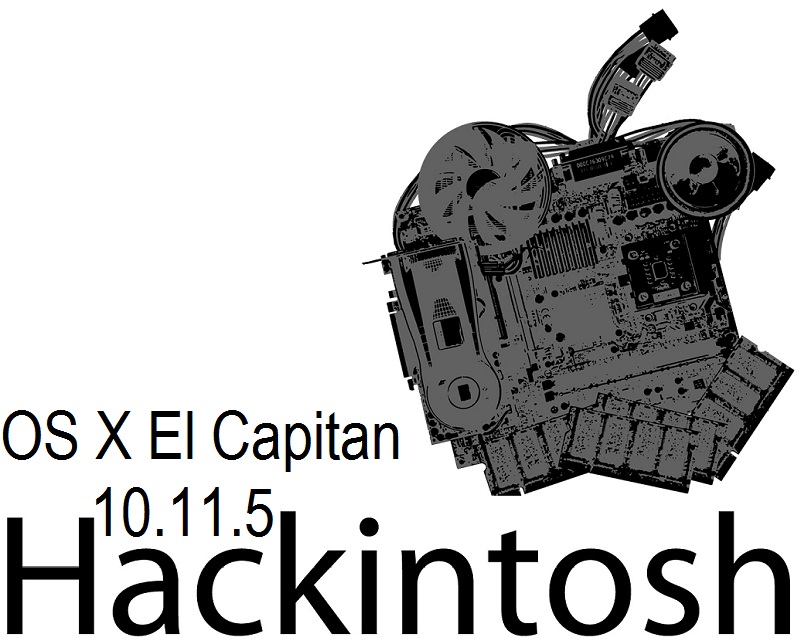
Install El Capitan On External Ssd
OSX El Capitan or newer (version 10.11 or higher): How to copy data to a Crucial SSD Shut down your system. When your screen has powered off, press your system’s power button then immediately press and hold the Command and R keys to reboot your Mac and have it go to a special window called OS X Utilities. Install OS X El Capitan (or macOS Sierra). (HDD) or Solid State Drive (SSD). That way, you can always mount that external drive, access and copy over individual files. Make a fresh set of.
I’m trying to sell a 2009 MacbookPro. It’s the model MacbookPro5.5 and Apple supports macOS El Capitan 10.11 as latest available version.
I’ve wiped all data from the installed SSD and had to boot from an external disk. Now I’ve got two problems:
El Capitan Install Dvd
- I’ve only got a Mac with Big Sur and Apple Silicon. I cannot use the package installer from the download provided by Apple to create the installer App for El Capitan. However, I need access to the installer so that I’m able to use the createinstallmedia command.
- The 2009 MacbookPro is already wiped and has only access to the recovery mode. You cannot execute the package installer in Recovery Mode to extract the media.
Luckily I’ve found this blog post from Chris Warrick who explained how to extract the installer App from the package:
- Attach an external Disk which contains the downloaded pkg from Apple. You’ll need enough space on that Disk to extract the pkg and it needs to be writeable
- Open the Terminal from inside the Recovery Mode
- Go to the mounted volume
- Extract the package:
Now we can try to create the install media from the installer app. Make sure you’ve attach another disk which can be overwritten by the installer. In this example its named „MyBlankUSBDrive“:
The InstallESD.dmg image is missing, which we’ll need to add to the right location:
Now we’ll have a valid installation medium which can be used to start the installer from. You can reboot from that disk and should be able to install El Capitan.
However, I’ve encountered another annoying issue which caused the installer to fail:
El Capitan Installer cannot be verified

Oh great… On to the next commands you can try from the Terminal inside the Recovery OS:
installer -pkg /Volumes/Mac OS X Install DVD/Packages/OSInstall.mpkg -target /Volumes/'XXX'where XXX is the name of the disk you’re installing to.- Wait for the installation to say it’s complete. You will not see any sort of progress display.
Great, you’ve got El Capitan installed! Apple had some issues with certificates and people found a way to either use the above commands for installation or you’ll have to tinker with your Macs time settings so that the signature is valid again. I would have expected that Apple resigned all installers so I wouldn’t have to use these commands at all but doesn’t look like they did.
After I got my new MBP, I decided to sell my old 2010 MBP. I wanted to keep all my existing data on my old laptop, so I decided to swap out its SSD and to put in a brand new one.
Install El Capitan On New Ssd Mac
The process of installing Yosemite on the new SSD was not as straightforward as I would have liked. I thought I’d blog about it to help anyone else who needed to do the same.
Basically I was trying to sell a 2010 MBP with a new SSD, with Yosemite installed but not configured.
- Download Yosemite installation from the App store. It might complain that you already have it installed but download it anyway. It will be downloaded to /Applications and be named Install OS X Yosemite.app
- Create a bootable image from the Yosemite installer on a USB stick larger than 6GB. In a terminal run:
El Capitan Install Usb
where MyVolume is the name of your USB stick. Change this to match the name of your USB stick.
- Physically install SSD into the target laptop.
- Insert the Yosemite USB stick into the target laptop and power up. (This might take a while.)
- When the menu finally turns up, choose Disk Utility and format the SSD as Mac OS Extended (Journaled) with a unique name.
- Once complete, exit from Disk Utility and return the main menu.
- Choose to Install OS X on the formatted SSD.
- Follow the prompts until Yosemite is installed.
Here’s link to a video on how to physically install the SSD as well as run the software installation.
Install El Capitan On New Ssd Drive
If you’d rather install El Capitan on the SSD then follow the How to Install El Capitan on a New SSD guide.